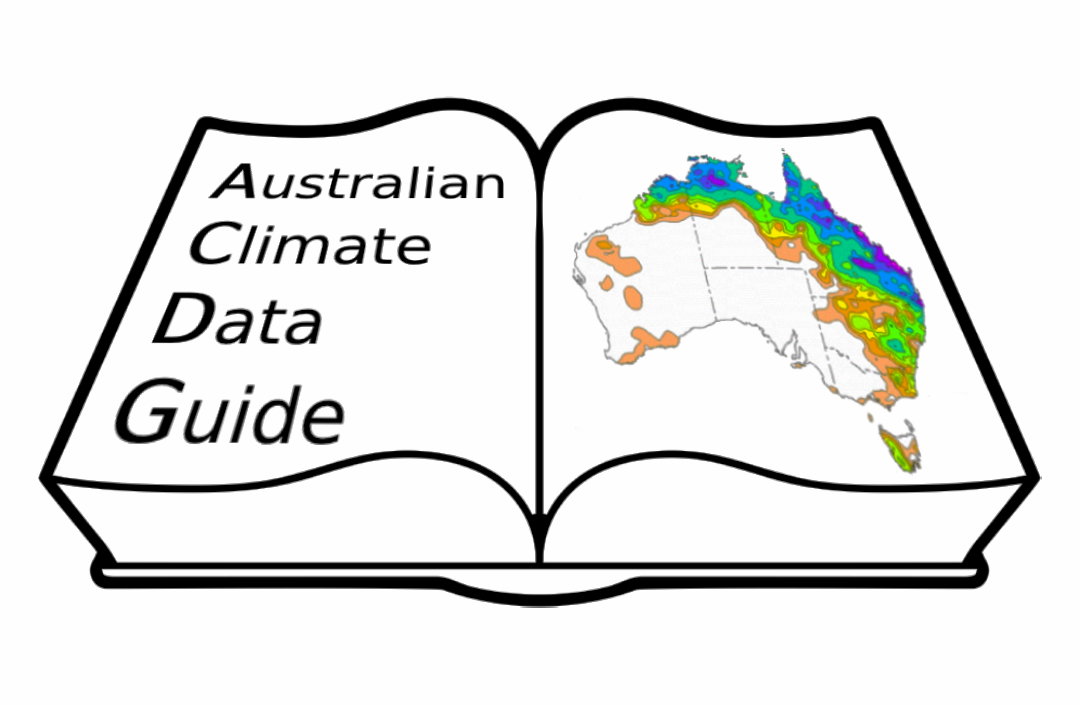Guidelines to create a climate data product#
UNDER DEVELOPMENT#
So far, the guidelines have focused on creating, managing, and publishing climate research data with a climate science researcher as end-user. However, climate data is often used in other research fields, government initiatives and by private stakeholders for a variety of applications.
The process of adapting and packaging climate data so that it will be of use to a wider audience, with different backgrounds and/or for different purposes is more complex than simply sharing data with other climate researchers. There are research projects that contributed to putting together climate data products, e.g., agencies such as CSIRO and the Bureau of Meteorology do this on a regular basis; However, there’s no best-practice documentation available.
This guideline outlines the extra steps to consider when creating a climate data product that is fit to be distributed. It is essential to provide enough documentation and quality control so that a non-expert audience can use the data correctly and trust can be built and maintained in the product. It is also important to offer a product in the correct format and accessible to the targeted users.
This is a new guideline and we welcome input and contributions from anyone who is interested and/or has experience in providing climate data products.
Potential outline#
Here is list of steps to consider:
Preprocessing
Data Collection and Preprocessing
Data Bias Correction
Quality Control and Validation
Formatting
Spatial and Temporal Subset
Spatial Interpolation
Data Aggregation and Averaging
Convert to appropriate format
Create User-Friendly Climate Products
User-centric documentation
Data Visualization and Analysis
Data Distribution and Sharing
Select appropriate platform/s
Continual Update and Improvement
Copyright, license, disclaimer and other terms of use
